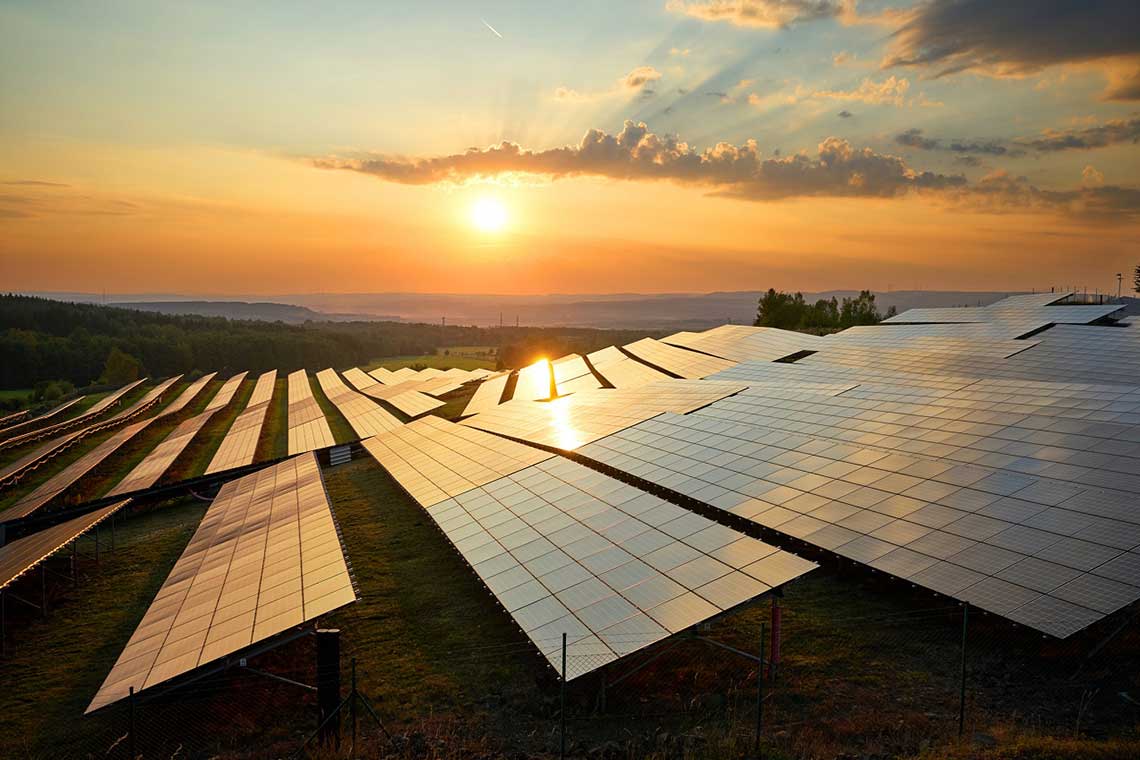
Image: Getty.
Last summer’s heatwave helped double NextEnergy Solar Fund’s profits, but the adverse effects of high temperatures dragged down its overall performance, the company said.
Earlier this week NextEnergy Solar Fund (NESF) disclosed its results for the year ended 31 March 2019, reporting that profit before tax had more than doubled to £70.6 million as solar performance soared.
Over the course of the year NESF’s portfolio of operating assets, which had swollen from 63 to 87, produced a total of 693GWh, some 9.1% above forecasts.
This, the fund said, was attributable almost solely to irradiation levels significantly above forecast. Last summer’s heatwave caused several solar generation records to fall, and NESF itself saw solar irradiation top out at 9% above forecast.
But the UK’s unusually bright and warm weather also resulted in “adverse effects”, NESF said, with the mercury soaring to above the ideal operating temperature of solar panels, which the fund noted was around 25 degrees celsius.
Temperatures in the UK were regularly above 25 degrees last summer and NESF said this resulted in the fund’s portfolio losing around 1.8% of total energy production due to the high temperatures. This is equivalent to around 12.5GWh of power.
In addition, NESF also spoke of witnessing some of its sites being curtailed at times last summer after excessive generation saw some sites exceed their export capacity limits.
Meanwhile, NESF also detailed how it had found boosting its operational portfolio difficult amidst emerging market trends in the UK. Despite adding 24 assets worth around 122MW in 2018/19, the fund said it had experienced difficulty in “acquiring at attractive prices” as the average cost of UK solar farms skyrocketed.
Other investors have spoken of similar troubles in recent months, most notably Foresight and Bluefield which have both shied away from pursuing new acquisitions in favour of more “opportunistic” approaches.
Instead, NESF is tailoring its efforts towards acquiring and developing subsidy-free assets, indicating that it could bring as much as 150MW worth of subsidy-free solar to market in the current financial year.
